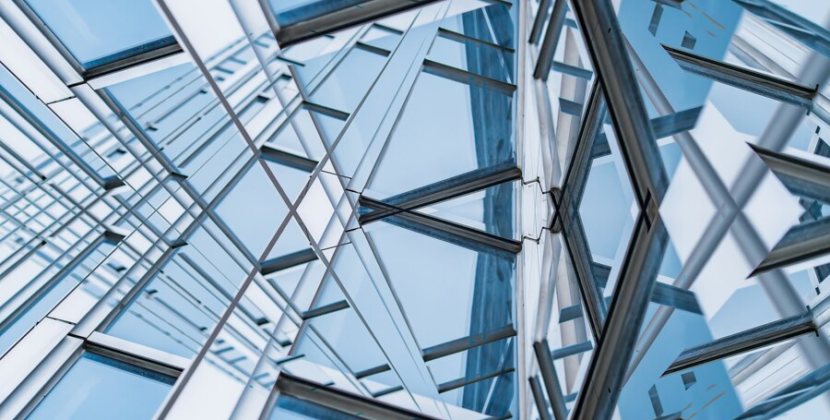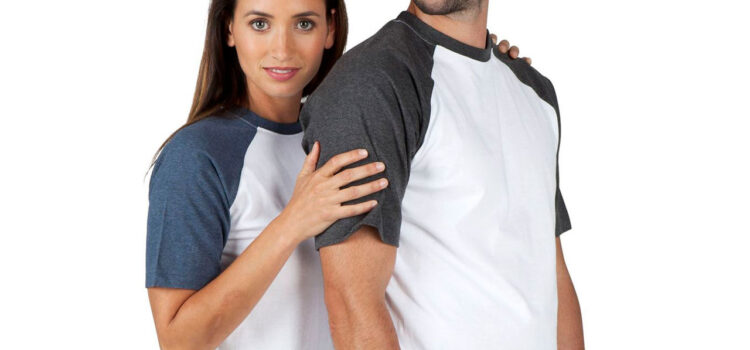Introduction:
Fashion is constantly shifting, and one design element that has enjoyed widespread prominence over the past several years is raglan sleeves. Firstly, they were introduced for their ease of movement in sportswear. However, raglans now appear across various garment styles and trends. Additionally, as with any trend or choice they come with their own set of drawbacks that often go ignored. In this comprehensive exploration we dive deep into those drawbacks and disprove any claims of universal suitability for everyone who opts for them.
Craftsmanship Revealed: The Art of Raglan Sleeve Construction
Raglan sleeves, distinguished by a diagonal seam from underarm to neckline, require special care in construction. Designers employ various stitching methods like flatlock or coverstitch stitching techniques in order to blend fabric panels seamlessly. Moreover, crafting garments featuring this distinctive style while remaining comfortable for wearers. The delicate balance between form and function in crafting garments featuring this iconic feature requires expert hands. These hands helps in designing each unique garment that represents them both physically and stylistically.
Fabric selection plays a pivotal role in the construction of raglan sleeves, significantly impacting their feel and performance. Lightweight and stretchy fabrics tend to offer maximum freedom of movement. An aesthetic aligned with its sporty roots adds visual interest through different fabrics or textures. This could increase the aesthetic value of this garment. Designers may opt to experiment with these best shirts for sublimation by using contrastive textures for maximum visual impact and aesthetic value of their garment.
Unraveling the craftsmanship behind these sleeves exposes a complex mixture of design, technique and sustainability. Conversely, that not only increases our understanding of this specific sleeve style but also fosters a closer bond to those responsible for crafting our clothing. So, let’s delve into their drawbacks to understand more about it before making an informed decision.
➔ Limited Structural Support:
One of the key disadvantages of raglan sleeves lies in their limited structural support compared to set-in sleeves. These sleeves connect diagonally from underarm to neckline in one continuous line for greater freedom of movement. However, their design compromises overall garment structure when using heavier fabric types such as wool.
➔ Pattern Matched Blocked:
Matching fabrics is key in garment construction to creating an impeccable and polished appearance. However, raglan sleeves present unique challenges when it comes to pattern matching. Their diagonal seam can often break pattern continuity across their entirety. This makes it hard for patterns or stripes to match uniformly across garments.
➔ Style Limitations:
Raglan sleeves create a sporty and casual aesthetic, however they may not suit every look or occasion. Their loose yet relaxed vibe may clash with more formal or structured looks like tailored blazers with set-in sleeves. Thus, making a tailored raglan jacket an unsuitable choice for professional environments.
➔ They Can Limit Design Versatility:
These sleeves offer designers more design and versatility. But their lack of an actual shoulder seam prevents the opportunity for adding structure or visual interest into garments. The visual features like epaulets or shoulder pads that could otherwise enhance them.
➔ They Tend to Wrinkle:
One drawback associated with raglan sleeves is their propensity to wrinkling more easily than set-in sleeves, especially during arm movement. Their diagonal seam creates added pressure points at the shoulder area that may cause unsightly wrinkles in fabrics prone to creasing.
Overcoming Challenges: Innovative Approaches in Raglan Sleeve Design:
Fashion designers are pioneering new approaches in order to overcome the unique difficulties associated with raglan sleeves. Reinvention their structural and stylistic characteristics in ways which meet current fashion demands.
● Reinventing Structure:
Raglan sleeves present unique structural challenges, so designers are exploring innovative strategies to address them. From stitching techniques and additional layering techniques, to supportive fabrics such as elastic webbing or tape reinforcements. Designers are using various strategies to strengthen these garments while still offering freedom of movement characteristic of these sleeves.
● Pattern Precision:
Recent advancements in pattern-making technology have revolutionized how designers approach pattern matching challenges with raglan sleeves. Computer-aided design tools and digital printing techniques now allow more precise alignment of patterns than ever. This meets the concerns of those who prioritize careful continuity across clothing items.
● Raglan Sleeves Beyond Casual:
Recognizing that raglan sleeves may lack formal appeal in formal settings, designers are pushing past casual expectations. Moreover, designers are creating elegant versions with luxurious fabrics, tailored cuts, and subtle embellishments that add formal charm. These sleeves have moved beyond their casual roots into more refined wardrobes – something casual raglan sleeves cannot do on their own!
● Wrinkle Resistance:
Raglan sleeves have the tendency of creasing easily. Increasing emphasis is being put on fabric selection with inherent wrinkle resistance or blended natural fibers and synthetic materials with improved wear-resistance proving popular choices to combat their tendency. This shift allows individuals to enjoy all the advantages associated with these sleeves without compromising a professional appearance.
● Hybrid Harmony by Merging Raglan and Set-In Sleeve Elements:
Recognizing that designers want their creations to offer both comfort and structure. Moreover, hybrid designs that combine elements from both raglan and set-in sleeves are becoming popular. This approach hopes to combine flexibility of movement associated with raglan sleeves while still providing defined shoulder structures typical of set-in sleeves for optimal results.
Engaging Diversity: Raglan Sleeves as Versatile Proponents in Fashion:
On an exploration through fashion’s expansive landscape, raglan sleeves prove themselves indispensable companions. They seamlessly merge comfort and style across various arenas from activewear to street fashion.
● Activewear Ascends: Raglan Sleeves as Performance Enhancers:
Sport Tek YT200 raglan sleeves continue their reign in activewear fashion. Their inherent flexibility has long made them popular, providing athletes and fitness enthusiasts with freedom of movement during various activities. As athleisure gains more traction, these sleeves have come to be associated with comfort and style – becoming one of the key symbols for performance-based fashion.
● Raglan Sleeves as Urban Fashion Statements:
Streetwear enthusiasts value the relaxed yet effortless style of raglan sleeves as part of urban fashion, making them a favorite among urbanites. Paired with bold prints, oversized silhouettes, or unconventional designs they add vibrancy and expression while remaining comfortable to wear; making an effortlessly fashionable statement without breaking their stride! Combined with bold prints or unconventional designs they allow individuals to express themselves while remaining relaxed yet fashionable at once!
Conclusion:
Although raglan sleeves present unique structural and stylistic challenges, creative approaches and increasing appreciation of their unique attributes are transforming their role in fashion. Designers are exploring innovative solutions that enhance support, precision, formality and address concerns previously voiced about this style of sleeves. Hybrid designs show just how adaptable raglans have been for modern society while remaining an iconic feature both activewear and street fashion alike, thanks to comfort, versatility, diversity appreciation. As fashion pushes the limits further, these sleeves remain as an ideal canvas on which to create creative exploration.









Comments
Best-Selling & Trendy Watches for Kids You Must Buy This Season